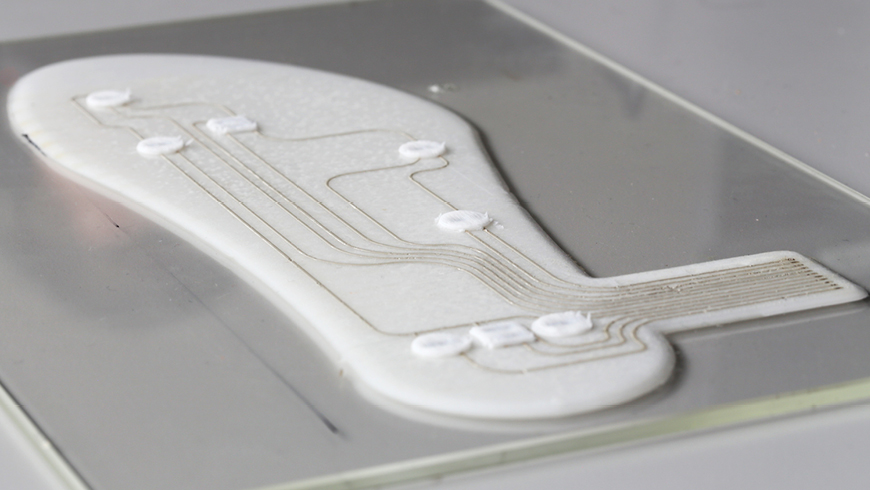In 2024, businesses recognize customer engagement is more than just a buzzword. It is one of the main ingredients for success. Personalized web design, which tailors online experiences to individual users, has become crucial for achieving meaningful engagement.
Personalized experiences are in demand, with over 71 percent of customers indicating that they affect their buying decisions.
User insights and creative design can help businesses create an online experience that feels intuitive and uniquely relevant to each visitor. This approach increases user satisfaction and fosters a deeper connection with the brand. But that is not all. Such a strategy also has a success rate of 95 percent, according to a 2022 survey.
Let us learn more about how the personalization of a website leads to better customer engagement.
Personalization in Web Design
Static websites are inadequate and feel antique for many users in 2024. Consumers expect dynamic and tailored experiences. Personalization in web design involves adapting website content, layout, and functionality to meet the preferences and behaviors of users.
These tailored experiences provide value to users and enhance engagement. Personalization helps make this connection possible and converts passive visitors into paying customers.
Better Retention
Brand loyalty matters in today’s world. According to McKinsey, 64 percent of customers purchase again from businesses that go the extra mile and win their loyalty. Engagement with the customer is one of the main factors, as it helps retain customers.
The result is a strengthening of the customer-brand relationship.
Data-Driven Personalization
Data forms the foundation of a personalized web design. User behavior is analyzed using location, purchase patterns, and browsing history. For example, an e-commerce website can suggest products to the user based on previous purchases or search history, improving the likelihood of conversion.
Hocoos recommends using AI-driven analytics tools to study user data seamlessly. These insights help refine the design elements like Call To Action (CTA), product recommendations, and navigation flows.
Adaptive Design for Multichannel Experiences
Most users interact with more than one device. They often use a laptop and smartphone for the same activity. Adaptive web design ensures users experience a cohesive website design on mobile devices, desktops, laptops, or tablets.
Beyond responsive layouts, adaptive design uses personalization to optimize content display for different contexts. Users accessing the website on mobile would not see a cluttered page but a simple design that focuses on what they want to do. They may see a full range of options and features on their desktop.
This adaptability enhances ease of use and ensures that customers stay engaged regardless of how they access the website.
Hyper-Personalized Content Delivery
Content is king, and how it is delivered is crucial. Hyper-personalized content means displaying information that aligns perfectly with individual user interests.
Netflix does this with impressive results, with over 93 percent conversion rate. Their homepage has recommendation algorithms working hard to display content that makes viewers engage with it even more. Small businesses can use similar tactics through content management systems, showing blogs, videos, and social media posts tailored to user preferences.
AI and Machine Learning
AI is a game-changer in web design, helping improve customer engagement in multiple ways. Machine learning analyzes user data at scale, as it can understand hour-long videos and large documents in a few seconds. This lets businesses tweak algorithms and use customer preferences that delight them.
AI chatbots on websites can provide support based on past customer interactions. They offer seamless support with multilingual capabilities and have resulted in a 20 percent increase in business customer reach.
The best part is that AI is not a tool only affordable to large corporations. Small businesses can take advantage of it with minimal costs.
Behavioral Triggers and Micro-Interactions
Modern personalized web design requires dynamic behavioral triggers. These respond to user actions in a more subtle way. They are small design features that guide and delight the user, creating a sense of engagement. It could be a button that pops up when a user lingers over it or a discount coupon that reveals itself with an animation showing the user’s name.
These tiny elements make the overall user experience interactive and personalized.
Location Awareness
Many startups have used geolocation data to design new user experiences. Food delivery apps, for instance, rely on the user’s location to deliver value in real-time.
This can be used by small businesses, too. For example, a restaurant chain can highlight nearby outlets or location-based offers or discounts to users in their vicinity.
Websites that provide real-time updates to users based on their location would be more relevant and valuable to them. They can be delighted with the immediacy and the context awareness of the update, leading to conversion.
Meaningful Engagement
Web design continues to evolve, but personalization will remain a driving force, enabling businesses to create websites that resonate with their audience. The whole idea is to create meaningful engagement and build brand loyalty.
This increased engagement creates a sales funnel for businesses and fosters lasting relationships.







